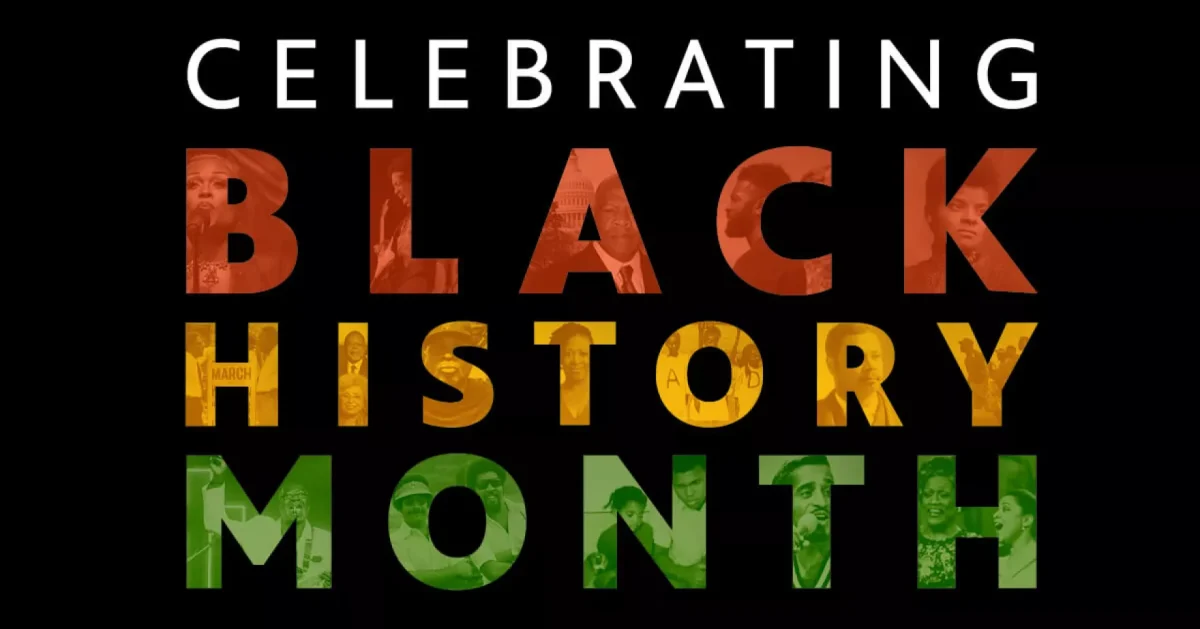Hispanic Heritage month is a 31 day long period during which we celebrate the contributions and accomplishments of our Hispanic and Latino counterparts. To fully understand who this month honors, it is important to recognize what it means to be Hispanic, Latino, or both. What characterizes someone as Hispanic is having ancestry from a country with Spanish as its main language. Latino refers to people who originate from Latin America, which includes: Central and South America, Mexico, and the Caribbean. Haitians are Latino but not Hispanic because Haiti is located in the Caribbean but French is the primary language. On the other hand, a person from Spain would be hispanic but not Latino because the Spanish language originated there but Spain is in Europe. Finally, someone from Bolivia would be both because the country is located in Central America and has Spanish as a primary language. Being Hispanic and/or Latino isn’t exclusive to one race or phenotype and includes a multitude of adjacent cultures.
In terms of priority, the following topic to explore involves the origins of Hispanic Heritage month. When the first ideas of this commemoration emerged in 1968, it only lasted one week. Now, Hispanic heritage month spans from September 15th to October 15th. Although it may seem haphazardly placed, the time we celebrate our Hispanic and Latino counterparts has a special meaning. September 15th is the anniversary of five Latin countries: Nicaragua, El Salvador, Honduras, Guatemala and Costa Rica. Additionally, Chile celebrates its independence day on September 18th, Mexico observes its independence day on September 16th, Belize’s independence day is on September 21st, and Columbus day is on October 12th. With all these holidays significant to Hispanic and Latino culture scattered throughout September and October, dedicating a whole month to Hispanic and Latino people instead struck as being more practical.
Considering everything mentioned prior, in 1987, U.S. representative Esteban E. Torres suggested that the week be extended to a month in a bill. He pointed out that a 31-day timeframe for the celebration would provide enough time to hold properly coordinated activities to recognize and enjoy Hispanic culture. Following this, in 1988, senator Paul Simon also proposed a bill composed of ideas similar to the one submitted the year prior. Fortunately, the bill was officiated by President Ronald Reagan’s signature on August 17, 1988. Subsequently, on September 14th, 1989, former president George H.W. Bush announced that Hispanic Heritage month would be observed for 31 days starting from September 15th of that year until October 15th.
Now that the struggle for a reasonable amount of time for the representation of Hispanic and Latino people has been won, we can celebrate the achievements they’ve made both in the past and present. Latin historical figures such as Cesar Chavez, Julia Alvarez, and Ellen Ochoa have done an exceptional job in paving the way for more influential people like them to come. Cesar Chavez was a Mexican American man who helped farming families just like his own, to fight for their rights during the great Depression. Dominican American writer Julia Alvarez won the National Medal of Arts in 2014 for her work. Mexican American astronaut Ellen Ochoa was the first Hispanic woman to go on a 9-day mission to space. Latino celebrities you may know include actor, song-writer and filmmaker Lin-Manuel Miranda, singer and rapper Bad Bunny, actress Lupita Nyong’o, singer and songwriter Rosalia, actor Pedro Pascal, and actress Jenna Ortega.
Hispanic Heritage Month celebrates the accomplishments and contributions of Hispanic and Latino individuals and communities alike, promoting understanding, appreciation and unity in today’s world.






